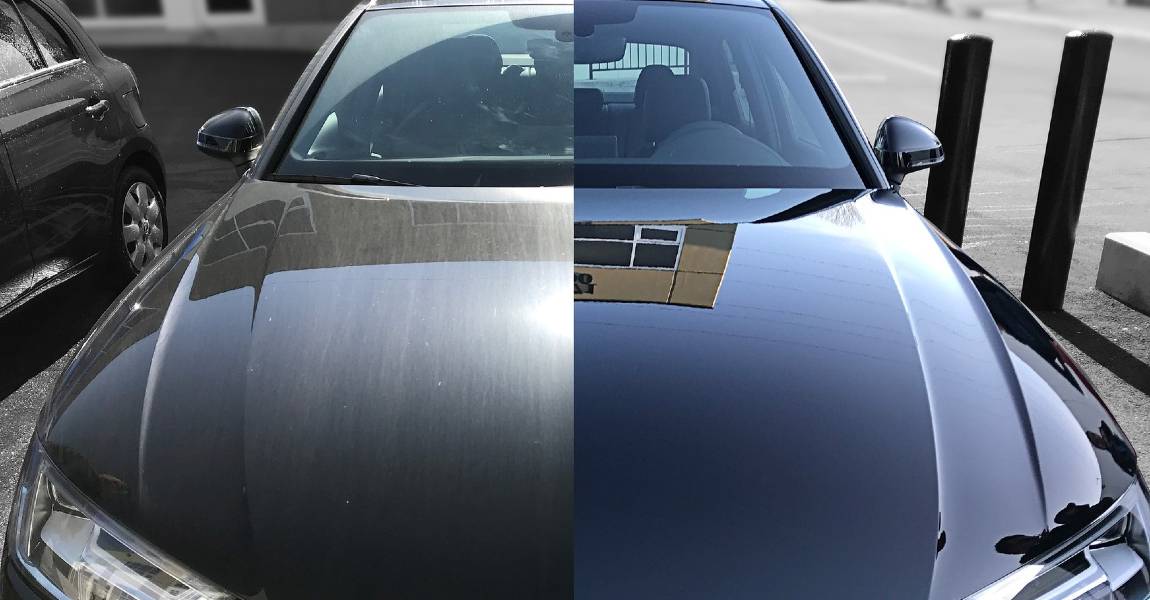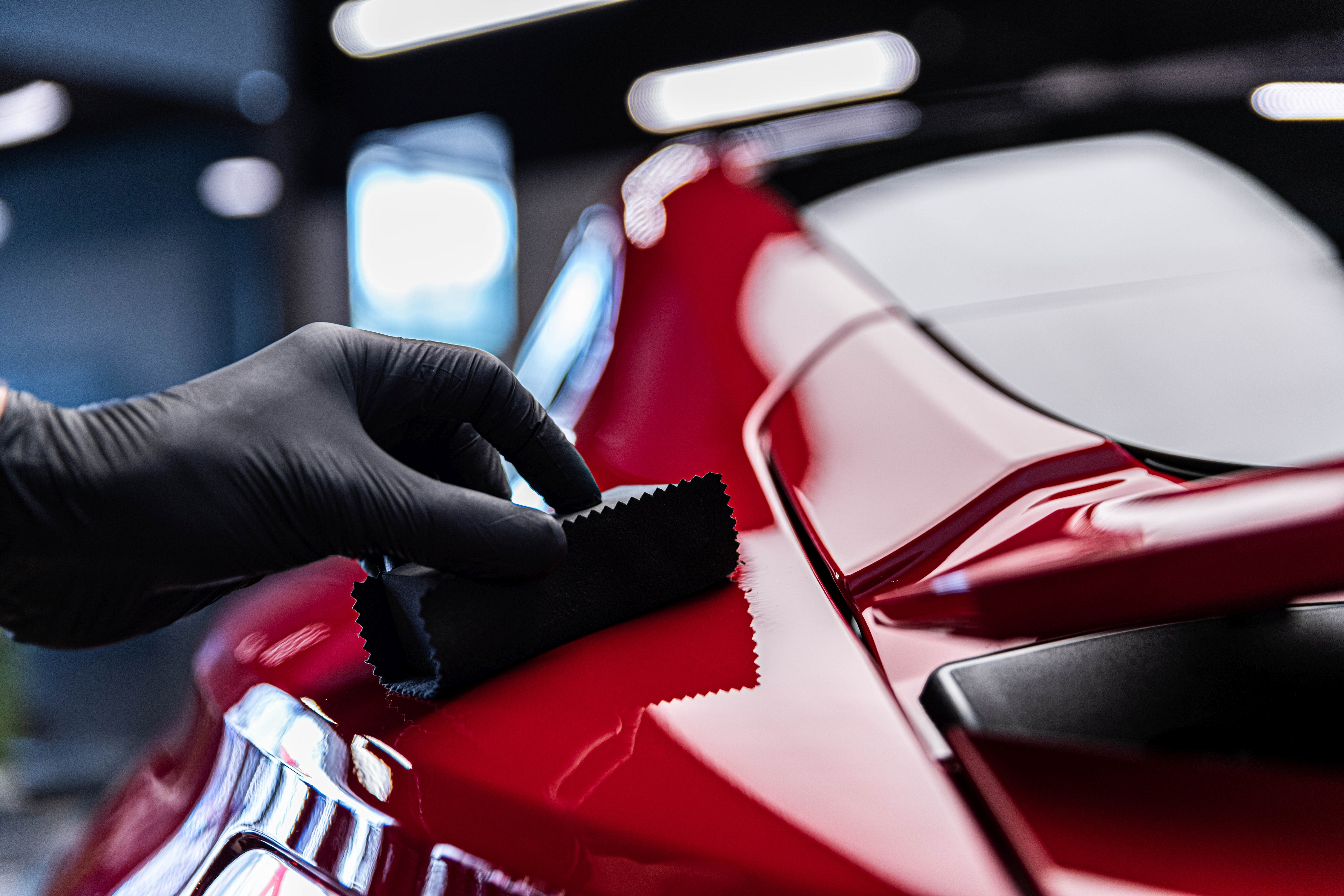Get professional auto detailing to refresh your vehicle’s beauty.
Get professional auto detailing to refresh your vehicle’s beauty.
Blog Article
A Comprehensive Guide to the Kinds of Ceramic Layer on the marketplace
Ceramic coatings have actually emerged as an essential service throughout various markets due to their special residential properties and applications. From silica-based formulations understood for their robustness to crossbreed options that merge numerous benefits, the options readily available can be overwhelming. Recognizing the nuances of each type, including their certain benefits and perfect usage instances, is vital for making educated decisions. As we check out the distinct characteristics and applications of these finishes, the effects for performance and durability come to be increasingly evident, questioning about which type could best match your needs.
Understanding Ceramic Coatings
Ceramic finishings are sophisticated safety solutions that have gained appeal in different industries, specifically in automobile and aerospace applications. These coverings include a liquid polymer that, when healed, creates a sturdy, hydrophobic layer externally of the substrate. This layer provides boosted resistance to environmental contaminants, UV radiation, and chemical direct exposure, therefore expanding the life and aesthetic appeal of the underlying material.
The basic element of ceramic finishings is silica, which contributes to their hardness and durability. The application procedure normally includes surface prep work, application of the finish, and healing, which can be accomplished through heat or UV light. As soon as treated, ceramic finishings exhibit outstanding bonding residential or commercial properties, enabling them to stick strongly to a variety of surface areas, including steels, plastics, and glass.
In addition to their safety functions, ceramic coverings also supply convenience of maintenance. Their hydrophobic nature reduces the adherence of dust and gunk, making cleaning easier and less regular. Overall, the fostering of ceramic coverings represents a substantial innovation in surface defense technology, giving both practical and aesthetic advantages across multiple fields.
Kinds of Ceramic Coatings
Different sorts of ceramic coverings are readily available, each developed to satisfy details efficiency requirements and applications - Car Detailing. One of the most usual kinds include:
Silica-based Coatings: These coverings mostly include silicon dioxide and are recognized for their resilience and chemical resistance. They are commonly utilized in auto and commercial applications.
Titanium Dioxide Coatings: Popular for their photocatalytic residential properties, titanium dioxide layers are typically applied in environments where self-cleaning and antifungal buildings are desirable, such as in structure products and automobile coatings.
Zirconia Coatings: Identified by their high-temperature stability and thermal resistance, zirconia layers are made use of in applications such as generator engines and high-performance vehicle elements.
Alumina Coatings: Exhibiting excellent solidity and thermal security, alumina finishings are often used in wear-resistant applications, consisting of cutting tools and industrial equipment. - scratch repair sarasota
Crossbreed Coatings: Incorporating the properties of various materials, crossbreed layers use improved performance attributes, making them appropriate for unique and requiring applications.
Each sort of ceramic coating offers unique purposes, permitting individuals to select one of the most appropriate remedy based on details environmental problems and performance demands.
Advantages of Ceramic Coatings
Coatings play an essential duty in improving the efficiency and longevity of surfaces across numerous industries. Ceramic finishings, particularly, offer numerous benefits that make them progressively preferred among makers and customers alike. One of the main benefits is their outstanding resilience. These layers are resistant to scratches, chemicals, and UV rays, making certain that the underlying surface stays safeguarded over time.
In addition to toughness, ceramic layers provide outstanding hydrophobic homes, permitting for very easy cleansing and maintenance. This water-repellent nature reduces the adherence of dust, gunk, and various other contaminants, which can prolong the aesthetic charm and functionality of the surface area. Ceramic layers can significantly boost thermal resistance, making them ideal for applications click this link that sustain high temperatures.

Application Process
When read this article applying ceramic finishes, a precise approach is essential to attain ideal results. The application process commonly starts with detailed surface area preparation. This includes cleaning, decontaminating, and polishing the surface area to remove all contaminations, including dust, grease, and prior waxes or sealers. A clean surface area makes certain appropriate adhesion of the finish.
When the surface area is prepped, the following action is to use the ceramic covering. The covering must be used in thin layers, as thicker applications can lead to uneven finishes.
After application, the finish calls for a specific curing time, usually varying from a couple of hours to a complete day, relying on the item. Throughout this time, it is vital to avoid exposure to wetness or impurities. A gentle buffing may be necessary after curing to enhance the gloss and remove any type of high places. Complying with these actions carefully will take full advantage of the efficiency and durability of the ceramic finishing, offering a durable safety layer for the surface area.
Upkeep and Longevity
To guarantee the long life and effectiveness of a ceramic finish, regular maintenance is necessary. Ceramic coverings, understood for their durability and protective high qualities, need details care routines to maximize their life-span and efficiency.
In addition to routine cleaning, routine evaluations are critical. Search for indications of wear or damages, such as hydrophobic buildings decreasing or surface flaws. If essential, a light polish may be put on renew the coating without removing it away.
Furthermore, the application of a booster spray can enhance the finishing's hydrophobic results and restore its gloss. This is particularly useful for finishes that have actually remained in usage for an extended duration. Ultimately, by sticking to these upkeep techniques, one can significantly prolong the life of a ceramic finish, ensuring that it remains to provide optimal security against environmental elements and preserve the visual appeal of the lorry.
Conclusion

Report this page